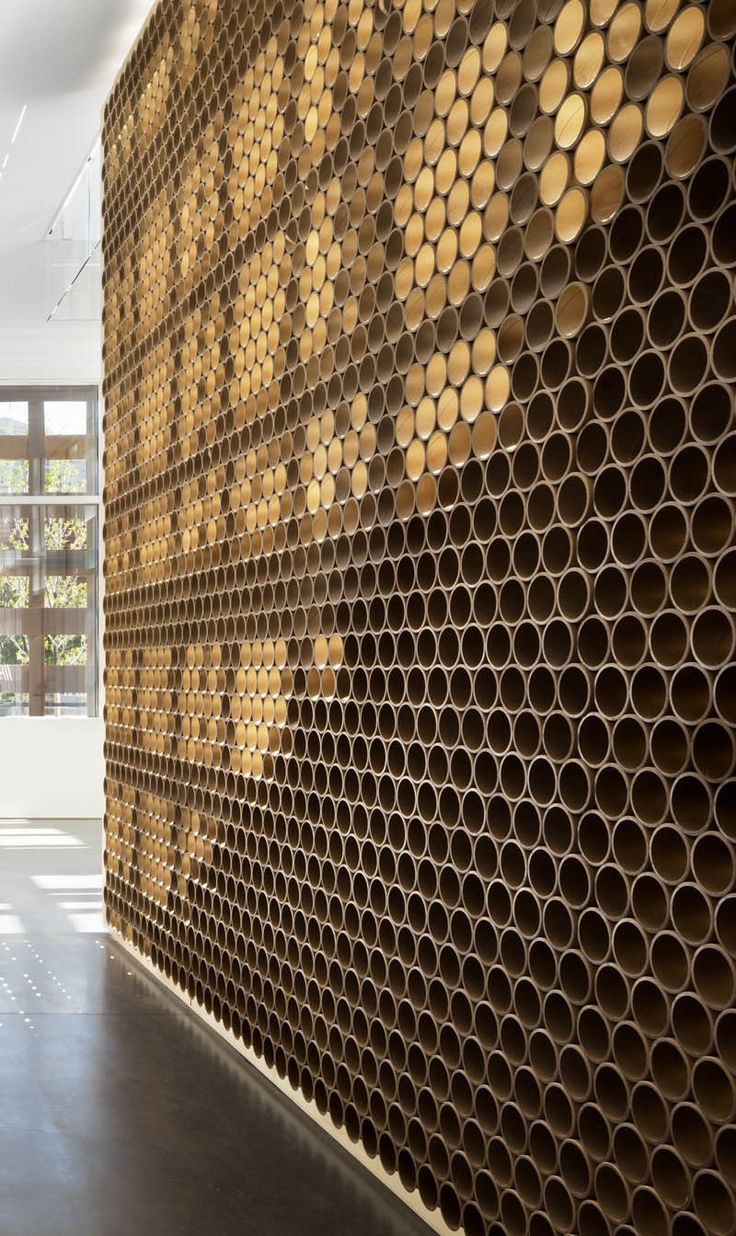The Quest for the Strongest and Most Flexible Material: A Comprehensive Guide
2 min read
The search for the strongest and most flexible material has been a long-standing quest in various industries. From aerospace to construction, the need for materials that can withstand extreme conditions and provide flexibility in design has never been greater. In this article, we will explore the latest advancements in material science and engineering and uncover the strongest and most flexible materials available today.
Section 1: Understanding Strength and Flexibility
Before we dive into the strongest and most flexible materials, it is important to understand what these terms mean. Strength refers to a material's ability to withstand external forces without breaking or deforming. Flexibility, on the other hand, refers to a material's ability to bend or stretch without breaking. These two properties are often interrelated, as materials that are strong tend to be less flexible, and vice versa.
Section 2: The Strongest Materials
In recent years, scientists and engineers have developed new materials that are stronger than ever before. These materials include graphene, carbon nanotubes, and diamond. Graphene, a single layer of carbon atoms, is one of the strongest materials known to man, with a tensile strength of 130 gigapascals (GPa). Carbon nanotubes, which are cylindrical structures made of carbon atoms, have a tensile strength of up to 63 GPa. Diamond, the hardest material known to man, has a tensile strength of 60 GPa.
Section 3: The Most Flexible Materials
While strength is important, flexibility is also crucial in many applications. The most flexible materials are those that can bend and stretch without breaking. Some of the most flexible materials include elastomers, polymers, and certain metals. Elastomers, such as rubber, can stretch up to 1000% of their original length without breaking. Polymers, such as polyethylene, can also stretch significantly without breaking. Certain metals, such as titanium and aluminum, are also known for their flexibility.
Section 4: Combining Strength and Flexibility
In many applications, both strength and flexibility are required. Fortunately, there are materials that can provide both. One such material is Kevlar, a synthetic fiber that is five times stronger than steel and can also bend and stretch without breaking. Another material is carbon fiber, which is both strong and lightweight, making it ideal for aerospace and automotive applications.
Conclusion:
The quest for the strongest and most flexible material is ongoing, and new materials are being developed all the time. By understanding the properties of different materials, engineers and scientists can create new materials that meet the needs of various industries. Whether it's graphene for electronics or Kevlar for body armor, the search for the perfect material continues.
